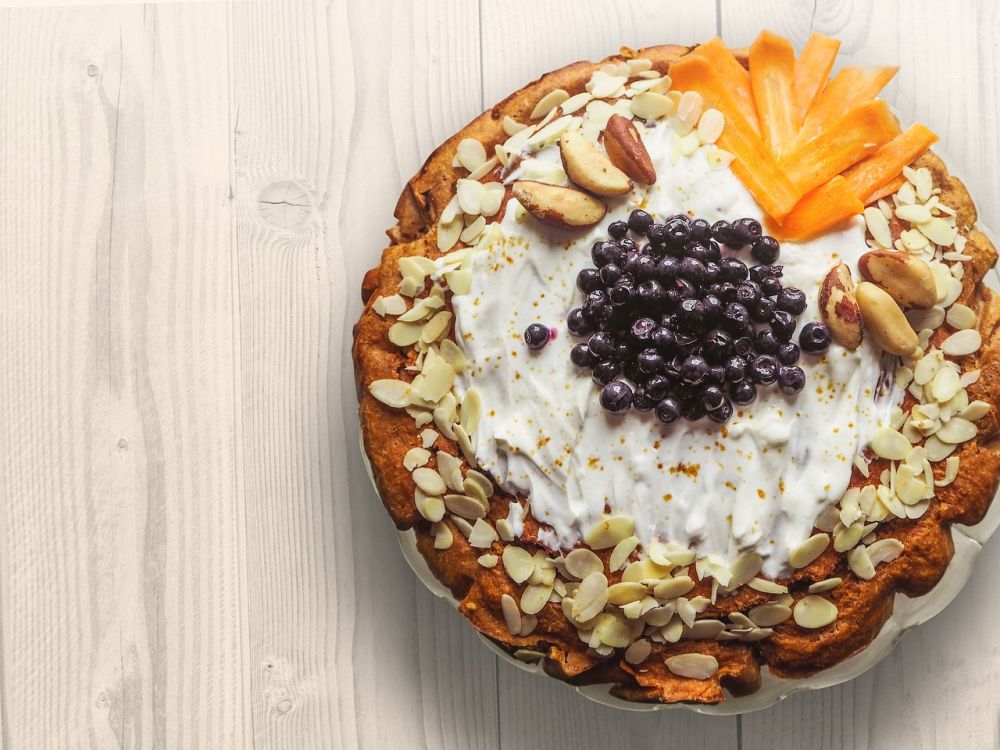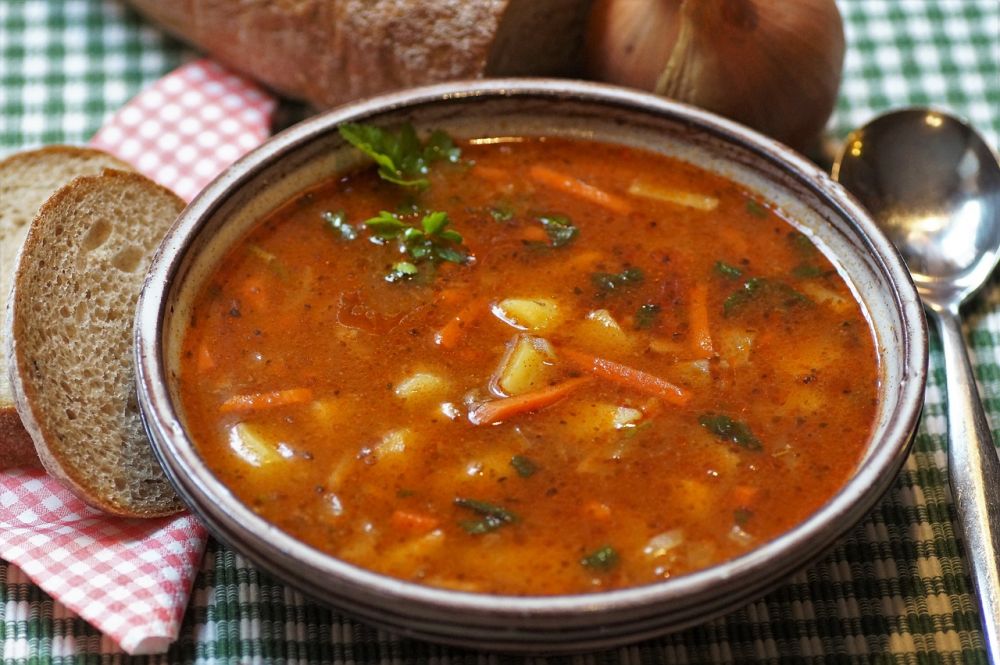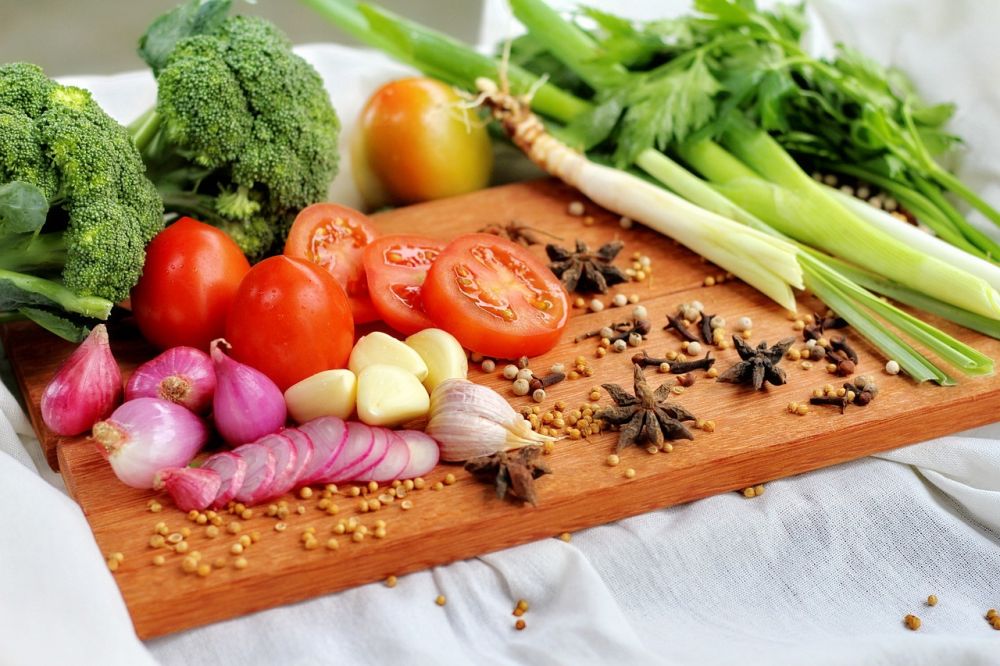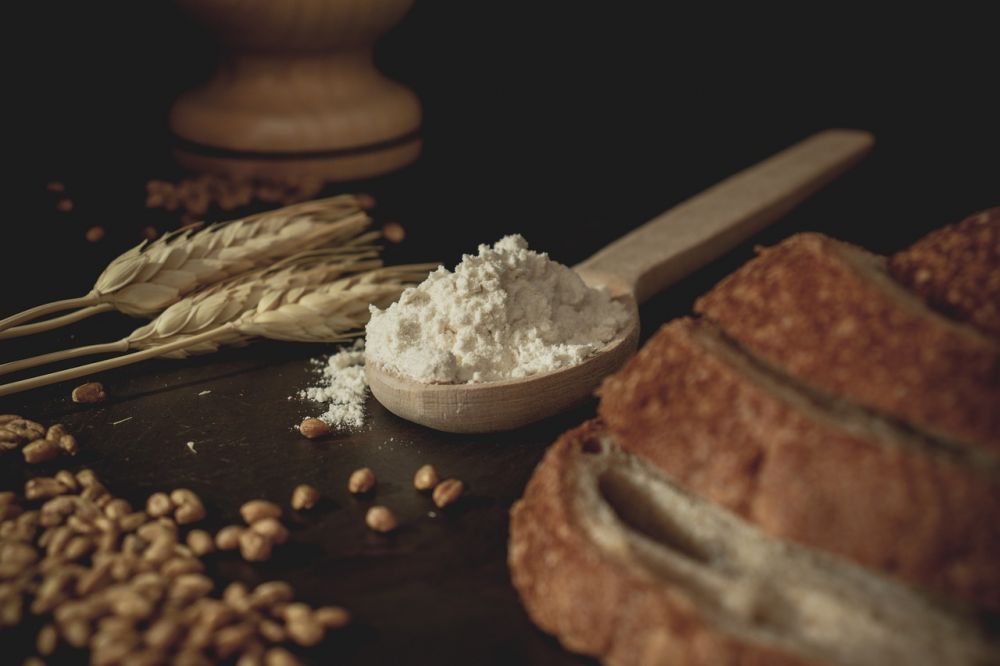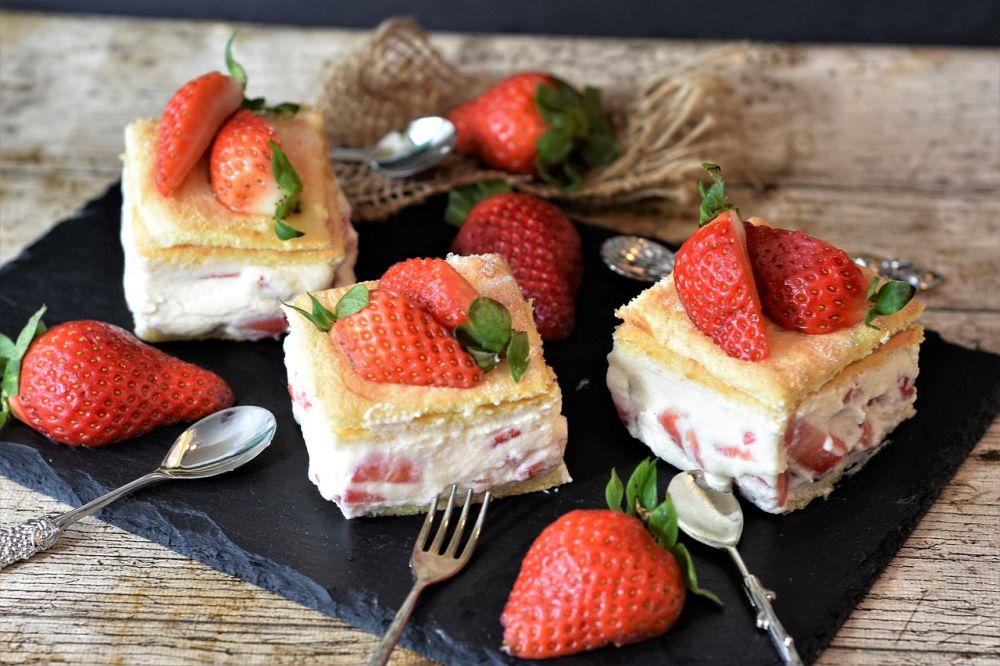Bake uten melk: En dybdegående guide til et populært alternativ
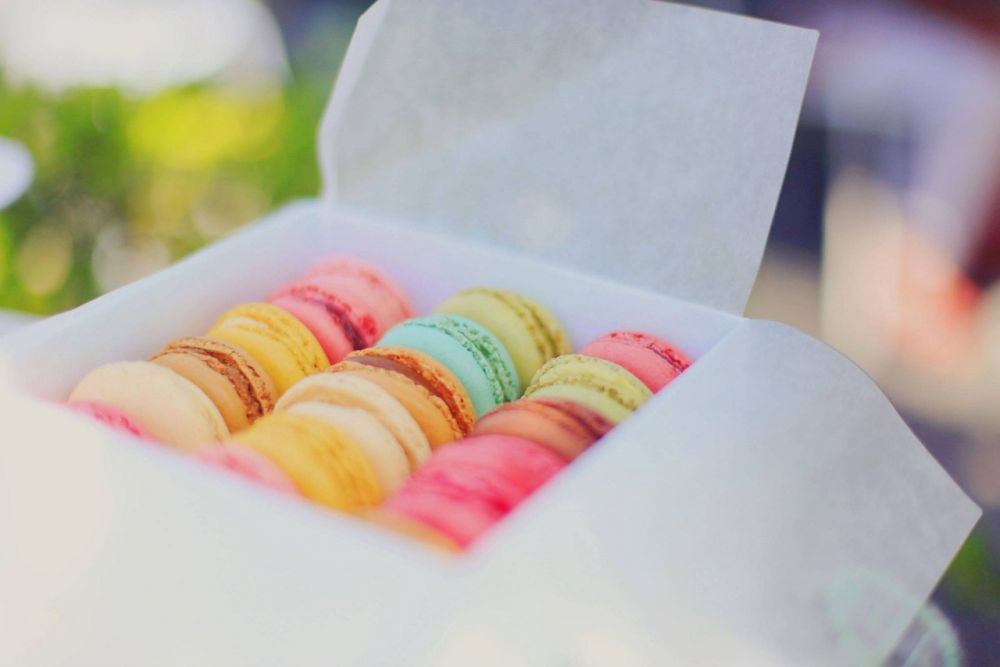
Bake uten melk – En komplett guide til et populært alternativ
Innledning:
I dagens samfunn har stadig flere mennesker matallergier eller intoleranser som krever alternative måter å tilberede mat på. En av de vanligste allergiene er melkeallergi eller -intoleranse, som kan være en utfordring for bakere. Heldigvis finnes det mange alternativer og metoder for å bake uten melk, som ikke bare oppfyller de som har allergi, men også kan nytes av alle. Denne artikkelen gir en grundig oversikt over bake uten melk, presenterer forskjellige typer, utforsker målinger og forskjeller, samt diskuterer fordeler og ulemper. Enten du er en mat- og drikkeentusiast med melkeallergi eller bare nysgjerrig på dette alternativet, vil denne guiden gi deg all informasjonen du trenger.
En overordnet, grundig oversikt over bake uten melk
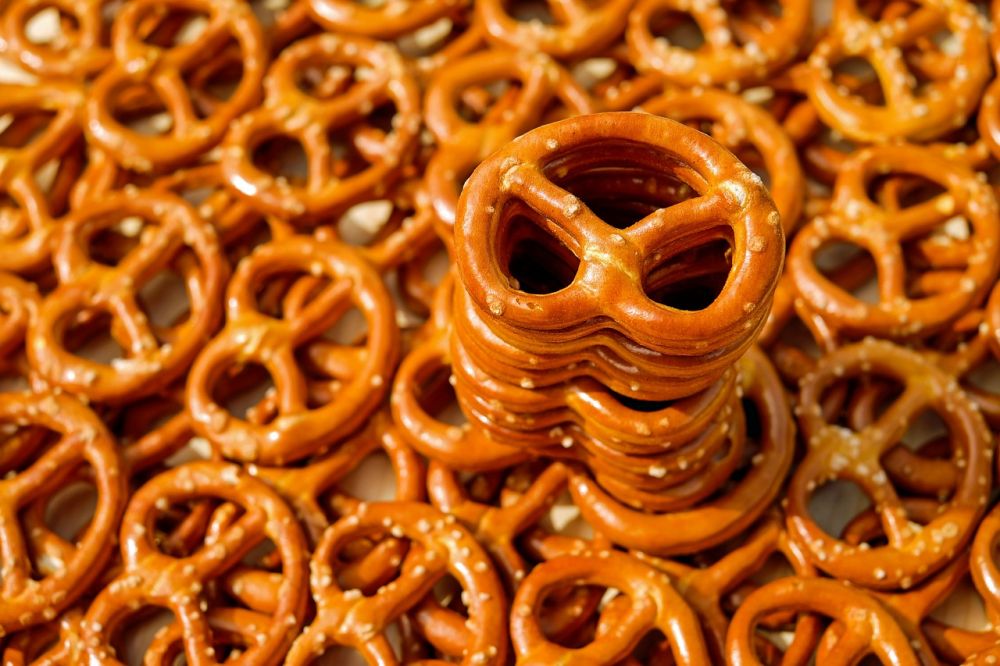
Multiple studies and research have shown that approximately 65 percent of the world’s population is lactose intolerant. Additionally, milk allergies are increasingly common, particularly among children. These statistics highlight the importance of understanding and accommodating individuals who cannot consume dairy products in their diets. Baking without milk has become a popular alternative for people with lactose intolerance or milk allergies. It involves substituting milk with non-dairy alternatives such as nut milk, soy milk, or rice milk, among others. This allows individuals with dietary restrictions to still enjoy delicious baked goods without the discomfort or health risks associated with consuming milk.
En omfattende presentasjon av bake uten melk
When it comes to baking without milk, there is an extensive range of options available. Non-dairy milks, such as almond milk, coconut milk, and oat milk, can be used as direct substitutes for dairy milk. These milks are often readily available at grocery stores and come in various flavors and consistencies to suit different recipes.
In addition to non-dairy milks, there are specific dairy-free products that can be used as substitutes for milk and other dairy ingredients when baking. For example, vegan butter or margarine, which is usually made from plant-based oils, can be used as a replacement for butter in recipes. Dairy-free yogurt or sour cream can also be used in place of their dairy counterparts.
Moreover, there are alternative binding agents that can replace eggs or provide structure to baked goods without using the traditional dairy-based ingredients. These include ingredients like applesauce, mashed bananas, or commercial egg replacements. These options ensure that baked goods retain their desired texture and taste without compromising on quality.
The popularity of baking without milk has gained traction in recent years, with an increasing number of individuals opting for dairy-free alternatives. This trend is not only driven by individuals with allergies or intolerances but also by those who choose to adopt a vegan lifestyle or simply prefer non-dairy alternatives.
Kvantitative målinger om bake uten melk
Quantitative measurements play a crucial role in baking without milk. Since non-dairy alternatives have different consistencies and properties compared to milk, it is essential to understand how they affect the texture, taste, and overall outcome of baked goods. Experimentation with different quantities and ratios of non-dairy milk, vegan butter, and other substitutes is necessary to achieve the desired results.
When using non-dairy milks as a substitute for dairy milk, it is essential to consider the fat content and consistency of the milk in relation to the recipe at hand. For instance, almond milk has a thinner consistency compared to whole milk, which may require adjustments in other ingredients or additional thickening agents to maintain the desired texture in certain baked goods.
Similarly, when substituting butter with vegan butter or margarine, the fat content and composition should be taken into account. Some vegan butter alternatives may contain higher water content, which can affect the texture and moisture of the baked goods. Adjustments may need to be made to achieve the desired consistency.
Apart from measurements, the baking process itself may require slight modifications when using non-dairy alternatives. For example, non-dairy milk may require a shorter cooking time or lower oven temperature compared to dairy milk. It is crucial to monitor the baking process closely and make necessary adjustments to avoid over or undercooking the baked goods.
En diskusjon om hvordan forskjellige bake uten melk skiller seg fra hverandre
While there are numerous options for baking without milk, each alternative has its own unique characteristics. These differences can affect the final outcome of baked goods, including their taste, texture, and overall quality.
For instance, almond milk has a subtly sweet and nutty flavor that can enhance certain recipes, such as almond-flavored cakes or cookies. On the other hand, coconut milk provides a rich and creamy texture that works well in recipes requiring a luscious, tropical flavor.
In terms of consistency, oat milk and rice milk tend to be thicker compared to almond milk or soy milk. This can be advantageous when baking bread or recipes that benefit from a denser texture.
Additionally, the choice of vegan butter or margarine can also impact the end result. Some alternatives have a higher water content, while others are more similar to traditional butter. This can affect the texture and richness of the baked goods.
Ultimately, the choice of non-dairy alternative depends on personal preference and the specific requirements of the recipe. Experimentation and taste testing are key to finding the perfect substitute that replicates the desired flavors and textures.
En historisk gjennomgang av fordeler og ulemper med forskjellige bake uten melk
When comparing the benefits and drawbacks of baking without milk, it is important to consider the historical context. Non-dairy alternatives have been used in different cuisines for centuries due to regional dietary restrictions, cultural practices, or the availability of certain ingredients.
The benefits of baking without milk primarily revolve around health considerations. Dairy products, particularly milk, can cause discomfort or adverse reactions for individuals with lactose intolerance or milk allergies. By eliminating milk from recipes, individuals can enjoy baked goods without experiencing digestive problems or allergic reactions.
Furthermore, baking without milk opens up options for those following vegan or plant-based diets. Non-dairy alternatives allow individuals to adhere to their dietary preferences while still enjoying a wide range of delicious desserts and baked goods.
However, there are some perceived drawbacks to baking without milk. Traditional recipes often call for dairy ingredients, such as milk or butter, which provide specific properties like richness, flavor, and moisture. Achieving the same characteristics using non-dairy alternatives may require experimentation and recipe modifications. It may take time and practice to adapt to the differences in taste and texture when using non-dairy ingredients.
Despite these challenges, the increasing availability of non-dairy alternatives and the growing demand for dairy-free options have led to the development of high-quality products and improved baking techniques. Today, baking without milk can yield outstanding results, with baked goods that are just as delicious and enjoyable as their traditional counterparts.
Konklusjon:
Bake uten melk gir en løsning for de som lider av melkeallergi eller har melkeintoleranse. Med de mange alternativene, som inkluderer non-dairy melk, vegansk smør og andre erstatninger, er det mulig å bake en rekke deilige og teksturrike bakverk uten å bruke melk. Selv om det kan være utfordrende å tilpasse seg de nye ingrediensene og oppnå samme smak og konsistens, har den økende populariteten av bake uten melk ført til et bredt spekter av produkter og teknikker som gjør det enklere enn noensinne.
Enten du er interessert i alternativer på grunn av helserelaterte hensyn, en veganlivsstil eller simpelthen nysgjerrighet, vil bake uten melk åpne opp en verden av muligheter for deg. Med enkle justeringer og riktig forståelse av de ulike non-dairy alternativene, kan du skape deilige bakverk som både tilfredsstiller eventuelle diettbegrensninger og behager smaksløkene dine. Utforsk bake uten melk og oppdag en ny dimensjon av nytelse i ditt eget kjøkken.

